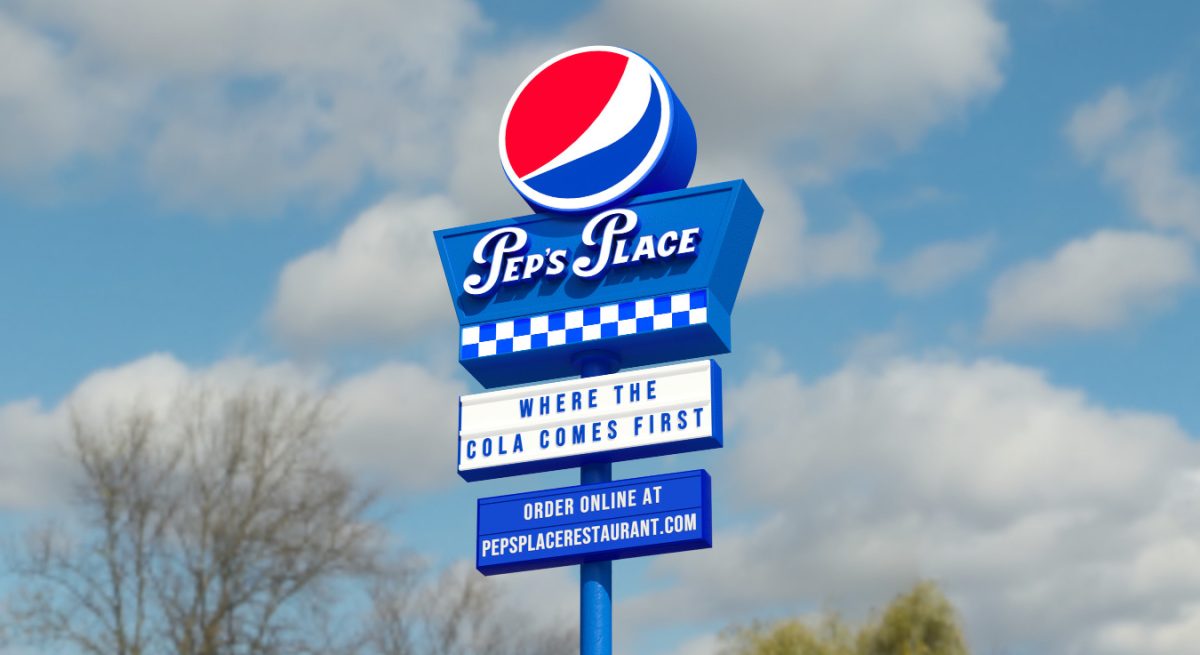The Pandemic Made Delivery a Necessity for Restaurants. What’s Next?
4 Min Read By André Moraes
When COVID-19 forced restaurant shutdowns more than a year ago, foodies sprung into action to help our favorite businesses survive what we thought would be a slow few weeks. We bought gift cards for future use, donated to employee relief funds, and shared our favorite spots on social media. But as reality of the pandemic sunk in and dining rooms remained closed, it became apparent that ordering delivery and takeout was the best way to help restaurants weather the storm — and there was a significant consumer appetite to do so. By August 2020, Americans reported ordering takeout 2.4 times a week, spending a total of $67 weekly since the start of the pandemic.
It was a challenging few months when many independently-owned establishments had to find their rhythm with the volume and frequency of delivery orders. While many cracked the code, some are still adapting. The National Restaurant Association’s State of the Industry Report found 46 percent of family-dining and fine-dining restaurants added delivery options between March and December 2020, along with 44 percent of casual-dining and fast-casual restaurants.
So what’s next? Will these habits stick?
The State of the Industry Report says yes, with 68 percent of consumers saying they’re more likely to purchase takeout from a restaurant than before the pandemic, and more than half of adults sharing that takeout or delivery meals are now “essential to the way they live.”
At PepsiCo, our Foodservice team works with customers across the industry including franchise and locally-owned restaurants, so we’ve seen first-hand the challenges and opportunities around delivery. This is true in meeting the current demand for delivery, as well as helping to mold what the future of delivery looks like. In envisioning how we evolve capabilities and solutions for the current dining landscape, we’ve identified three delivery trends that restaurants must know to thrive in the post-COVID era.
Delivering Success with Ghost Kitchens
Ghost kitchens – takeout and delivery-only restaurants – have proven to be a successful tactic in today’s climate, especially for brick and mortar restaurants who no longer want to foot the bill for underutilized real estate (or want to generate more revenue from their existing kitchen setup). The pandemic has changed the way we view the dining experience – with quality, safety and speed of delivery somewhat overshadowing ambience and in-person service. Ghost kitchens tend to operate with limited menus and eliminate major costs for physical dining spaces and staff, while leveraging the capabilities of third party delivery companies. The delivery-only model may have gained traction out of necessity for smaller restaurants pivoting to make ends meet, but the concept also has attracted big names such as Guy Fieri and Saladworks who have joined the trend.
Ghost kitchens require a healthy marketing budget, with many deploying successful social media campaigns and even partnering with food influencers to generate buzz. For consumers now accustomed to enjoying delicious, restaurant-prepared meals from the comfort of their home, the experience is all about delivery. With more than half of consumers (57 percent) open to trying this new restaurant format, according to Datassential's 2021 Trends, ghost kitchens may be here to stay. In fact, PepsiCo recently launched its own ghost kitchen, Peps’ Place, which is open through May 30 in 80 locations across 25 states, accepting orders through PepsPlaceRestaurant.com and major food aggregators (DoorDash,Grubhub and Uber Eats) for delivery only.
Trending with a Digital-First Strategy
Because of the heightened safety measures around COVID-19, “offline” businesses saw a decline in foot traffic, leaving them no choice but to adopt a digital-led strategy to stay relevant. A restaurant’s website has become its main line of communication and biggest opportunity to make a good impression. Keeping one’s website fresh and updated is vital for business success, especially as the pandemic’s online shopping trend will continue to bleed into the restaurant industry. It’s estimated that digital ordering will overtake in-person ordering at quick service restaurants (QSRs) by 2025, with 54 percent of sales going digital.
Through this lens, menu optimization will be a key factor in converting sales – everything from menu item placements and layout, to hi-res, quality food and beverage images, and even enhanced copy writing to ensure accurate description of food and beverage offerings.
At PepsiCo, our Foodservice Digital Lab and Black Restaurants Deliver programs work with our restaurant partners to optimize online presence and online ordering and delivery capabilities through tailored plans, which can include search engine optimization (SEO), website development, and digital advertising strategy. Through these programs, we’ve learned that aside from website development, social media is another critical medium for marketing and visibility. Platforms like Instagram can double as a second website, housing contact information, enticing menu items posts, and customer reviews — plus you can engage directly with patrons in comments and direct messages. This added layer of communication and restaurant exposure offers transparency and real-time feedback, helping to address issues and increase the likelihood of positive guest experiences (and positive reviews).
Calling Qll Foodies and Techies
While there’s a lot we’ll choose to leave in 2020, a strong tech-driven approach is something that restaurants should carry forward, as it will be beneficial for growing visibility among consumers and allowing restaurants to meet their demands for quick, seamless delivery experiences. Through this, we’ll see an increase in the implementation of tech-enabled delivery methods and new automated ordering channels. We’ve already gotten a taste of this through the contactless ordering via QR codes and contactless deliveries driven by third party companies such as Grubhub, DoorDash, Uber Eats and more. However this is just the beginning as restaurants continue redesigning their digital roadmaps to navigate the future. One example is progressive web apps (PWAs), which are essentially sites that mirror restaurant’s mobile apps but do not require a user download. Similar to QR codes, consumers can scan or click a link to view menus, select items, place the order, pay and specify delivery preferences. Another tech capability we’ll see restaurants using is text-based tools, such as SMS and WhatsApp messaging, where restaurants can share menus directly through a text message or even text links to the PWAs.
The resilience of the restaurant industry continues to shine through a tough year that has impacted, disrupted and tested every player, from small businesses to national chains. Through the challenges, we’ve grown smarter and adjusted to a truly digital-first way of working that will not only help operators survive, but also thrive. Takeout and delivery are now foundational to restaurant success – but there are various ways to approach it that make sense for your business model and the food lovers you serve. As the industry continues to evolve, remaining nimble and open-minded to employing better ways of working will be paramount in delivering our best cuisine, and over-delivering on quality experiences.


